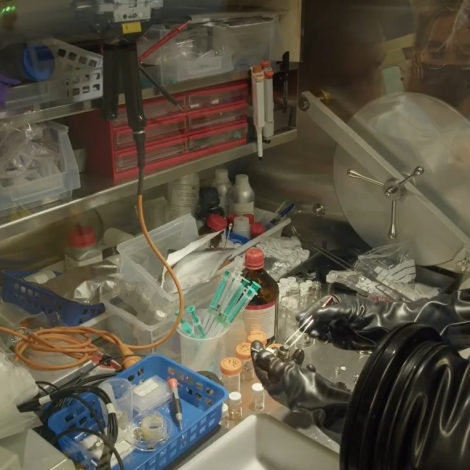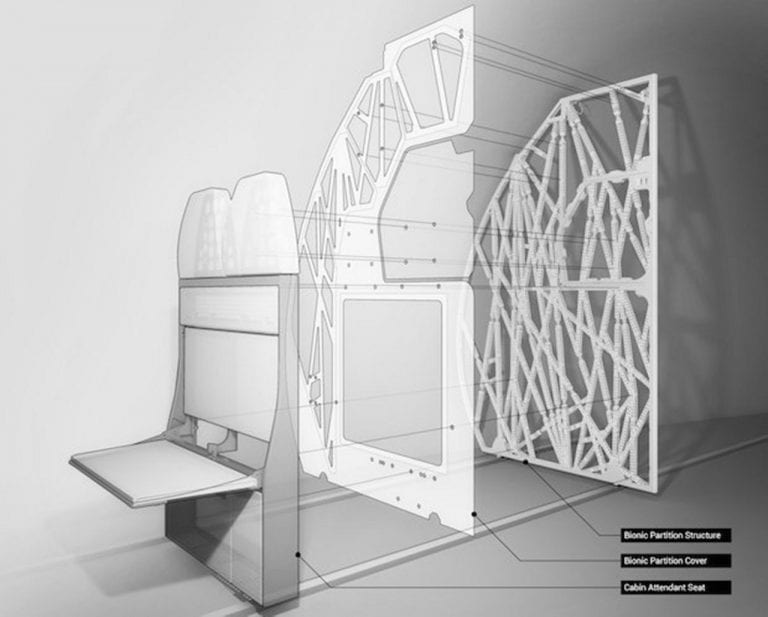In about 20 years, more than half of all light-duty vehicles sold worldwide are expected to be electric. The search for a better battery is important to power that global fleet, and the myriad electrical technologies from phones to airplanes, in a practical way. The standard is lithium-ion batteries, but they are problematic.
While 9 percent of the world’s lithium is mined in China, around 60 percent is refined there. That bottleneck has created a global dependency on the output of one country, and supply chains have suffered. Factories worldwide are enduring production delays and higher costs.
Ursula von der Leyen, president of the European Commission, recently told the European Parliament that “Lithium and rare earths will soon be more important than oil and gas.”
Researchers are considering several materials to replace lithium in electric vehicle batteries. Carbon, or graphene, and sodium are accumulating quite a few patents in their development, praised for their potential to dramatically lower costs. Another interesting solution in the works is calcium, under investigation by researchers at the Institute of Material Science of Barcelona (Institut de Ciència de Materials de Barcelona – ICMAB-CSIC).
The amount of calcium available all over the planet offers the element a distinct advantage over lithium.
“Calcium is one of the most abundant metals in the earth’s crust and has a very low price,” Ashley Black, a post-doctoral researcher studying next-generation batteries at ICMAB-CSIC, said in a You Maker video. You Maker is a series of scientific lectures on ICMAB-CSIC research, published weekly during the summer of 2022.
If we compare [calcium] with lithium-ion batteries, we could potentially double its energy density – Ashley Black, ICMAB-CSIC
Another advantage calcium holds is its higher ionization energy. As an alkaline earth metal, calcium ionizes to form a +2 charge, compared to lithium, an alkali metal, that ionizes to form a +1 charge.
“If we compare it with lithium-ion batteries, we could potentially double its energy density,” Dr. Black says.
The energy density, however, is presenting problems.
“In the case of the positive electrode, we need crystalline materials that allow the calcium ion to be reversibly inserted and extracted from the structure. For the negative electrode, we use metallic calcium,” Dr. Black says.
Metallic calcium is put in contact with the electrolyte, and the calcium ions in the electrolyte are deposited on the metal anode.
Another factor making trouble for the researchers is that the system cannot contact oxygen or moisture. Humidity is one of the biggest problems the ICMAB-CSIC team is contending with. Their solution is a dry box, an environment where the air is replaced by the inert gas argon, and no water or oxygen are present. They can assemble the whole battery in the dry box without any interaction with the air.
The dry box is an example of the complexity of manufacturing a new kind of battery. Finding new ways to store energy is not easy, but it is likely necessary for a future with green technology.
What are the results of the calcium battery research? The ICMAB-CSIC team is conservative. “Good,” is the only answer given.
About the Author
Claudia Alemañy Castilla is the 2022 Engineering for Change Editorial Fellow and an award-winning journalist who splits her time between homes in Cuba and Spain. Among her accomplishments, Ms. Alemañy Castilla has developed the COVID-19 Cuba Data Project for Juventud Técnica Magazine in Havana, Cuba, where she was a staff reporter specialized in science, technology and environmental journalism. She has also reported for Women in Science (a publication of País Vasco University), the Cuban Institute of Cultural Research ‘Juan Marinello,’ and others.

